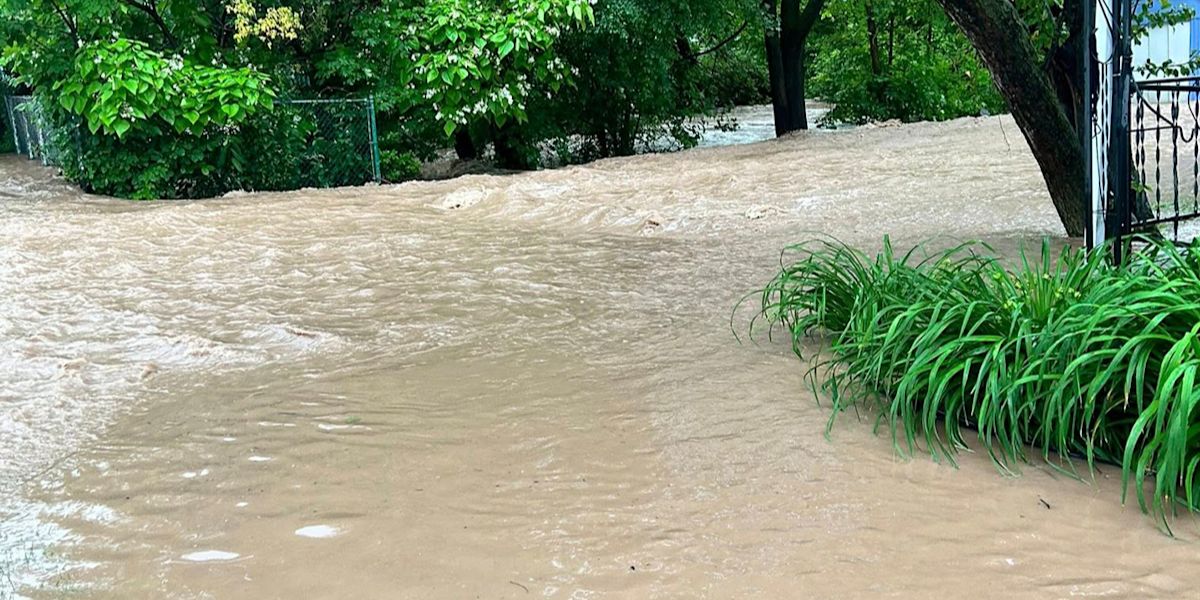It has been forty years since one of the most destructive tornado outbreaks in the history of western Pennsylvania.
In just nine hours on May 31, 1985, nearly 40 tornadoes ripped over portions of Ontario, New York, Pennsylvania, and Ohio, Canada. Half of these twisters made landfall in western Pennsylvania, who suffered the most damage.
There were several powerful tornadoes during the outbreak, including four F-3 tornadoes that left extensive damage in their wake. A noteworthy one traveled an astounding 39 kilometers across Butler and Beaver counties.
In addition, a path of devastation was left behind by four F-4 tornadoes that struck Crawford, Erie, Forest, Mercer, and Venango counties.
An F-5 tornado, which traveled 47 miles from Ravenna, Ohio, to Wheatland in Mercer County, Pennsylvania, was the most deadly and potent tornado.
The number of casualties was astounding. During the outbreak, 89 persons died, with 75 of the deaths taking place in Pennsylvania alone.
Homes, businesses, and neighborhoods were destroyed, and more than 1,000 people were hurt—many of them critically. With damages estimated at over $600 million, the disaster’s financial cost was as significant.
What led to the development of such a serious outbreak? That day’s weather was very conducive to the creation of tornadoes.
The groundwork for severe storms was laid during the morning and early afternoon when an unusually hot and humid air mass moved northeast from the southern United States.
A layer of warm, dry air in the mid-atmosphere covered this warm, humid air, allowing energy to accumulate and momentarily halting the formation of storms.
Read Also: Evacuation Warnings Coming Sooner for Residents in Hurricane-Prone Texas City
By early evening, a significant cold front with strong jet stream winds came in from the west, causing the air “cap” to break suddenly.
Rapidly spinning thunderstorms that may produce dozens of strong tornadoes, including the catastrophic F-5, were caused by this abrupt collision of air masses.
The 1985 tornado outbreak is still regarded as one of Pennsylvania’s greatest natural catastrophes forty years later, serving as a sobering reminder of both the strength of nature and the tenacity of the impacted towns.



